Costa Rica has a diverse and fantastic marine life that only scuba divers can witness. As a scuba diver in Costa Rica, you’ll be one of the lucky ones to encounter magnificent marine life beneath the sea.
If you want to discover this thriving ecosystem beneath the waves of Costa Rica’s shores, join us on a scuba diving adventure!
Get a Glimpse Into Costa Rica’s Sea Life
When most people visit Costa Rica, they are drawn to its many natural wonders, including its amazing sunsets, tropical climate, and stunning beaches. There’s no doubt that this paradise has much to offer its visitors, as do the waters on both the Pacific and Caribbean coasts.
Here are a few main players you might see:
Crustaceans
Scuba diving in Costa Rica is filled with colorful crustaceans. They add a special touch to your underwater adventure. Take a look at the ones you’ll see:
Harlequin Clown Shrimp
They’re found in pairs, eating starfish. Generally, the females are larger than the males. Their white color is accentuated by purple, blue, or orange-red patches, giving them a stunning appearance. Macro photographers visiting Costa Rica will love spotting them.
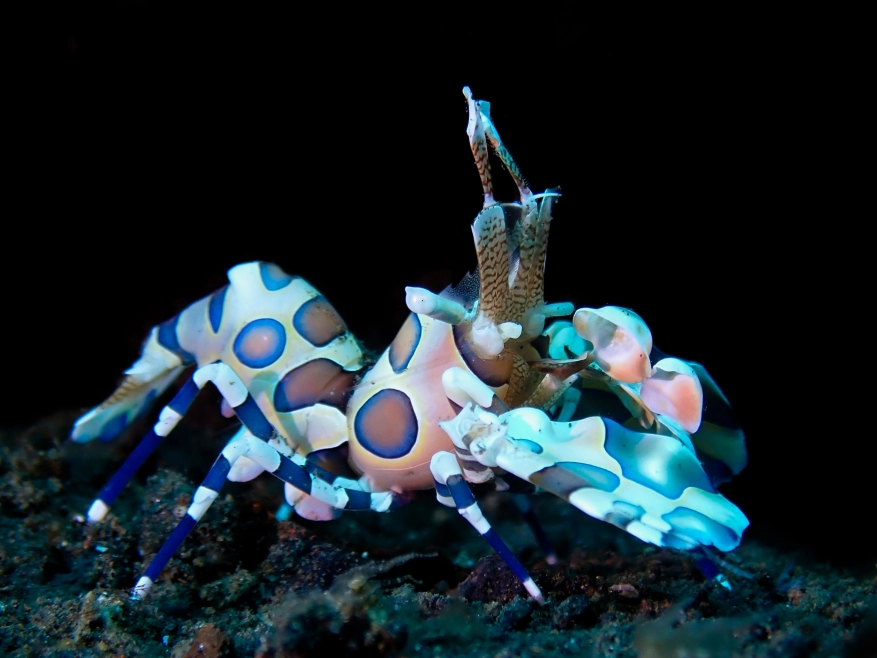
Spiny Lobster
There are ten different species of spiny lobster found in Costa Rica in shallow water under rocks and crevices. However, they have been found deeper in high-traffic areas. This highly prized seafood is prone to overfishing.
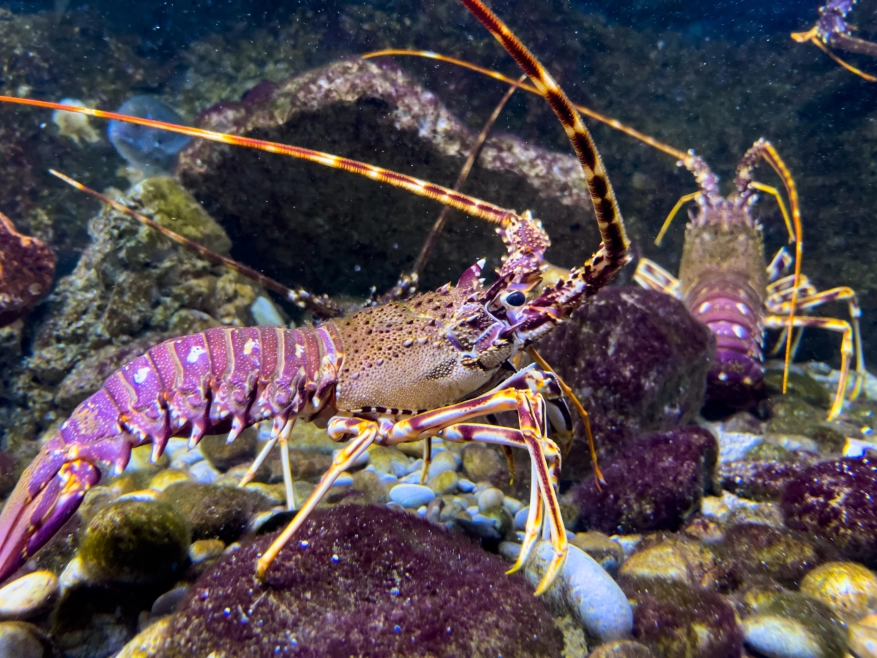
Mollusks
You’ll be captivated by the elegant beauty of mollusks gracing the ocean floor as you scuba dive in Costa Rica’s warm waters.
Octopus
Smaller than 2 feet, several species of octopus can be seen in holes or under rocks around volcanic rock formations, waiting for an unwary lobster to pounce on them.
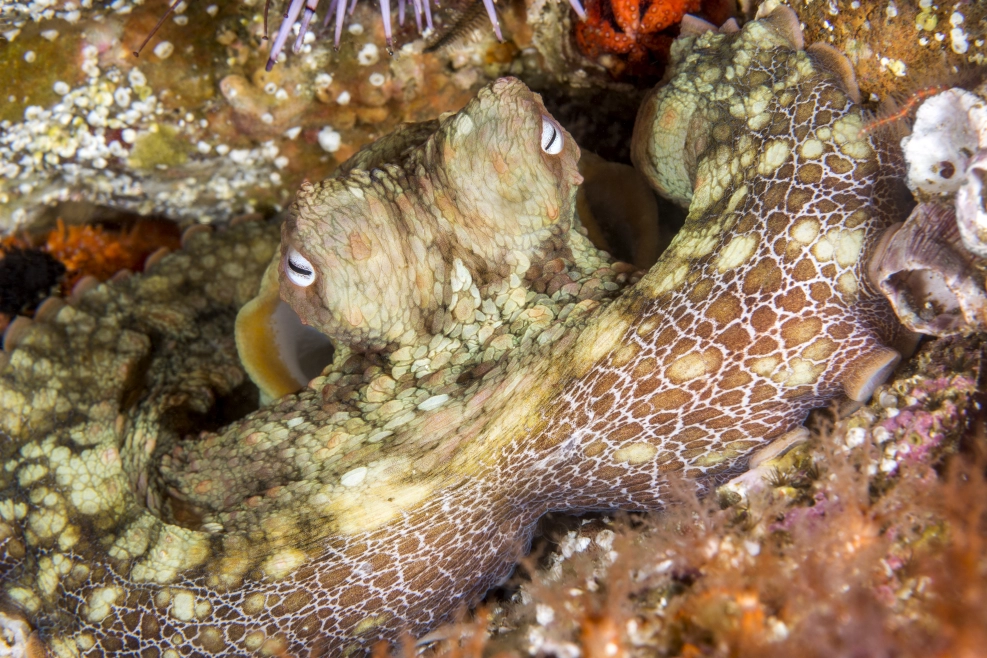
Nudibranchs
Costa Rica is home to several species of nudibranchs, ranging in size from a match tip to a lettuce leaf. They’re hermaphrodites and carnivores.
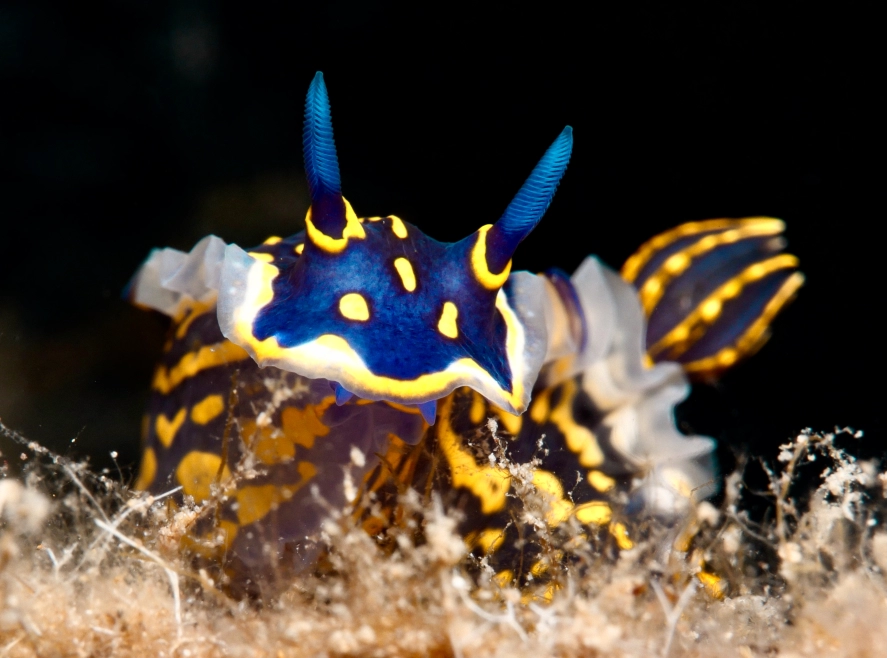
Fish
A big part of Costa Rican culture revolves around protecting the special nature around us. That’s why you find so many national parks to keep our land safe, like Arenal Volcano National Park or Corcovado National Park. The same goes for our waters, which are home to many different kinds of fish and marine life.
Take a look at some of the most common and cool fish we have:
Frogfish
Frogfish are short and stocky fish that are masters of camouflage, often mistaken for ocean debris. With modified pectoral fins, this predictor can “walk” along the ocean floor. Their colors include orange, brown, red, and yellow
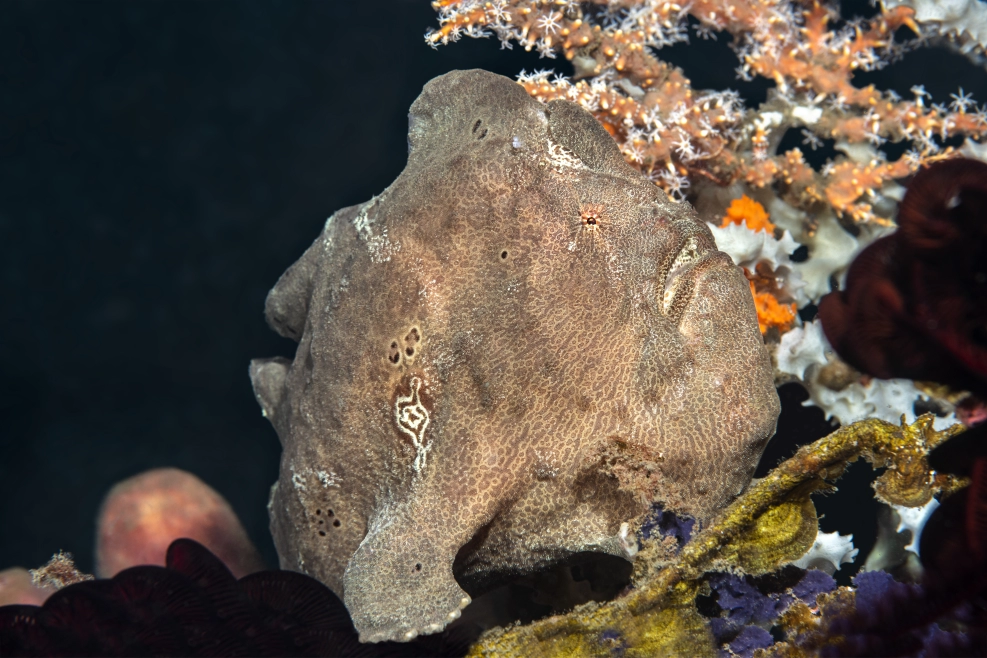
Blennies
This is what macro marine life looks like at its cutest. If you keep your eyes open, you might find yourself staring into blennie’s puppy-like eyes. Burrowed into reefs or the ocean floor, these bottom dwellers will stay put, waiting for food to swim by.
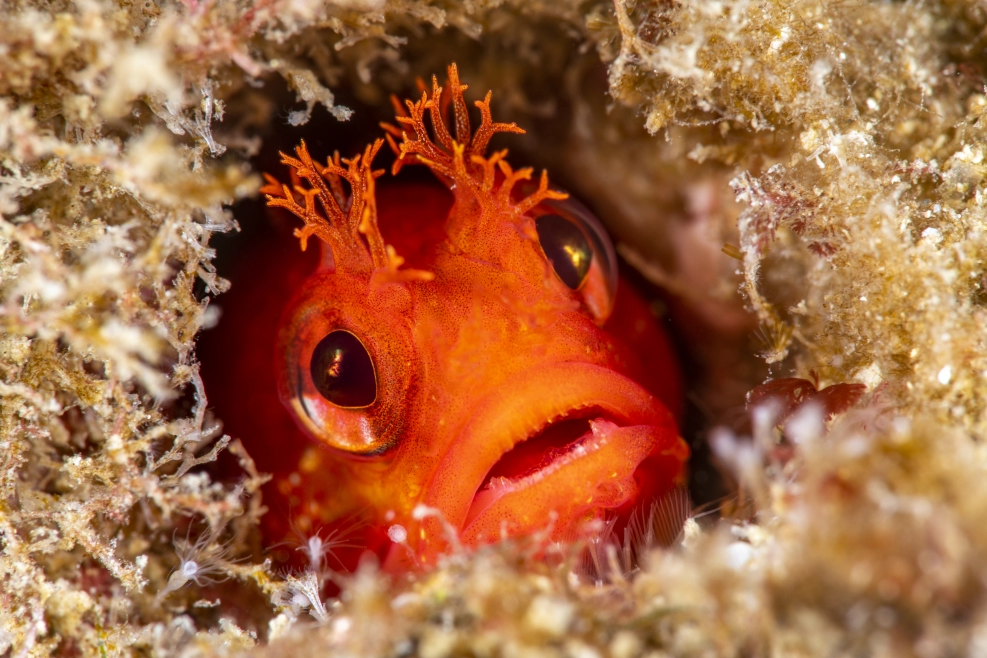
Blue & Gold Snapper
Blue and Gold Snappers are shallow-water reef fish up to 12 inches in size and probably no deeper than 50 feet. It is common on local dive sites in the Gulf of Papagayo
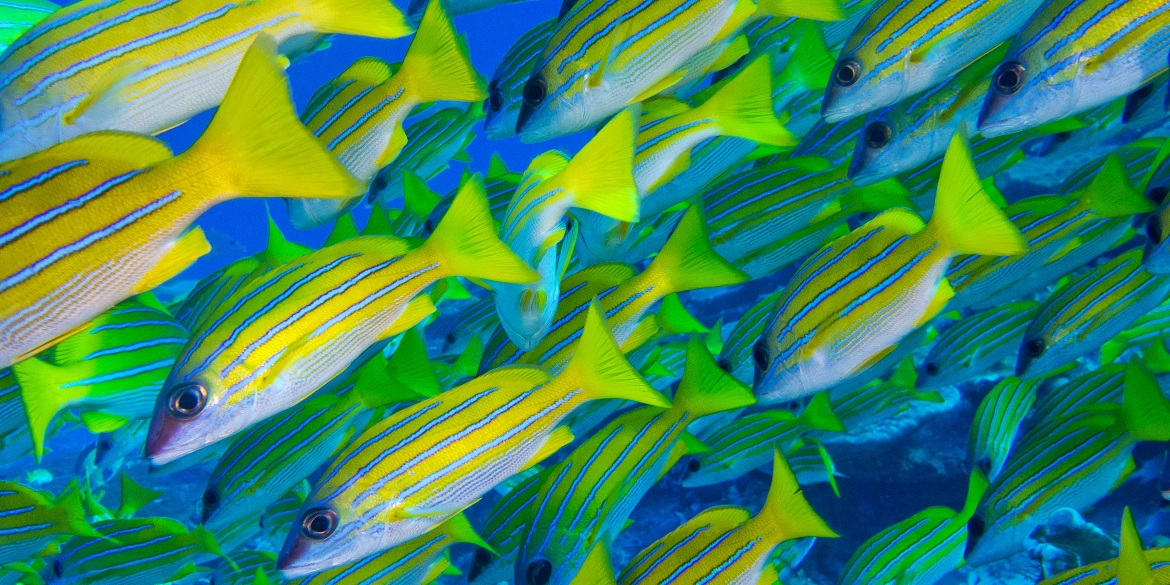
Striped Grunts
These fish can be found schooling in extremely large numbers around volcanic pinnacles and rock formations within 30 feet of the surface in the Gulf of Papagayo, the Bat Islands, and local dive sites.
Moray Eel
There are sixteen species of moray eels living in our waters, with the most common being the green, tiger snake, zebra, jeweled, and mosaic, and yes, they bite!
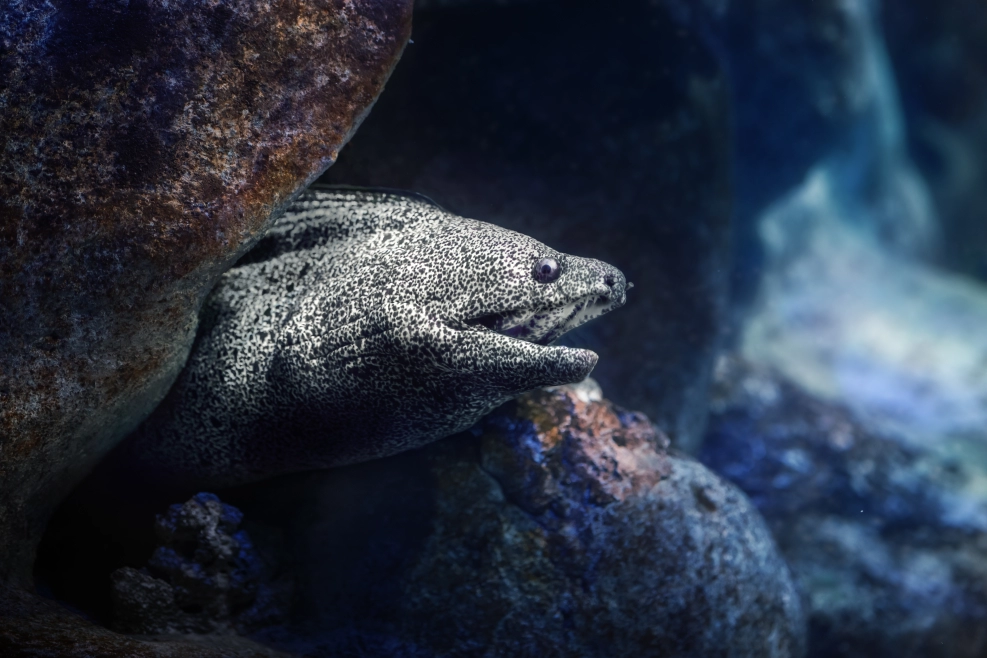
Panamic Porkfish
Easily recognizable by its gold and blue stripes, the panamic porkfish can be found around rock formations up to 75 feet deep in small schools.
Big Eye Jack
It is very common to find large schools of big eye jacks around Catalina Island, which can span two and a half to three feet long. It may extend from the surface to a depth of more than 100 feet.
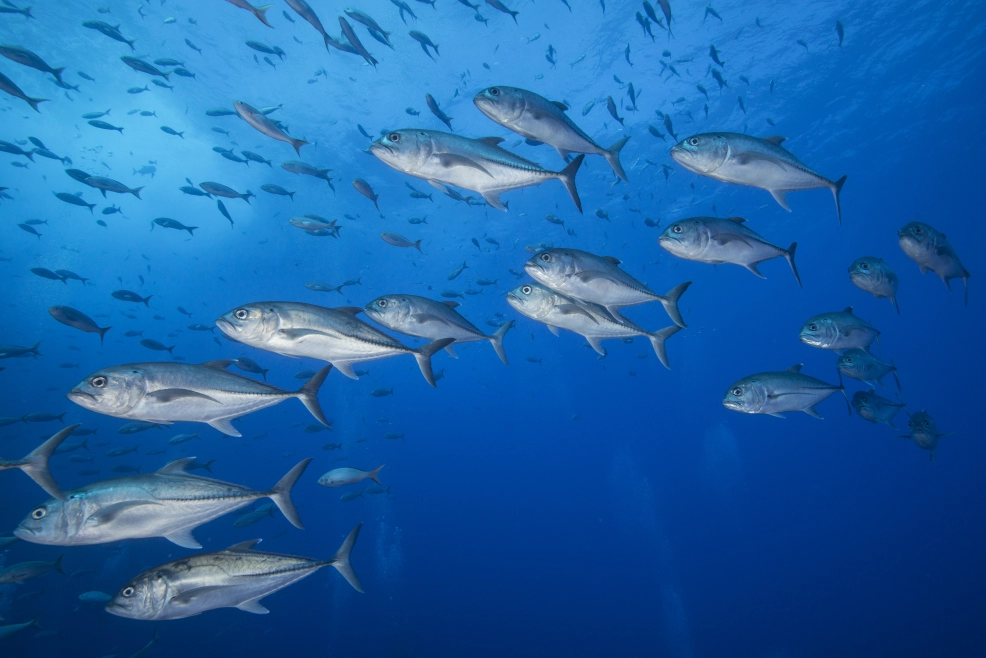
Seahorses
There are five different colors of seahorses in Costa Rica, and they can be found in shallow water on all dive sites where their tails anchor themselves to grass or other marine vegetation.
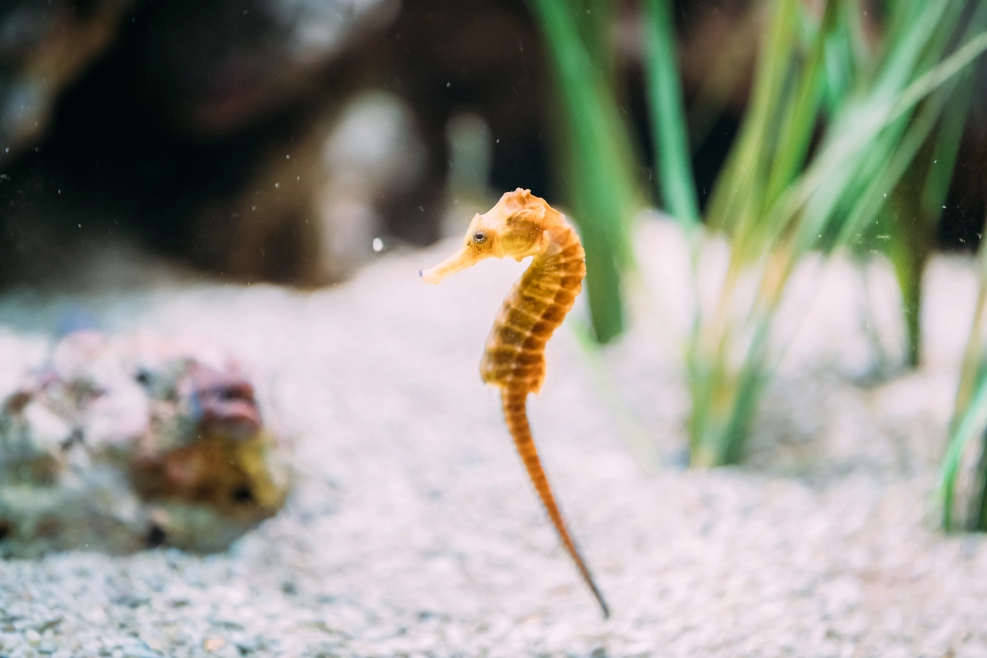
Goby
Seeing this fish swimming in Costa Rica’s underwater rocks is a delight. When a dive approaches, they jump back into their holes, but if you have patience, they will come out again.
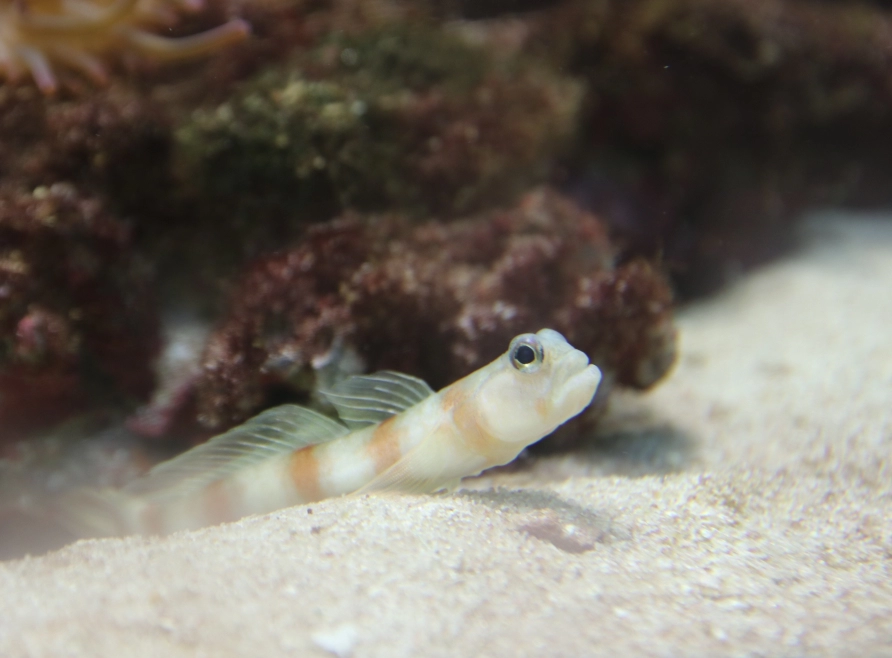
Rays
As you move beneath Costa Rica’s tropical waters, get ready for unforgettable encounters with majestic rays! These graceful creatures, with their wide wingspans, dance around in their natural habitat, offering a spectacle like no other.
These are the species you’ll see:
Giant Pacific Manta Ray
They range in size from 14 to 24 feet and are found year-round in local waters, on the Bat Islands, and schooling around the Catalina Islands in the cold winter months.
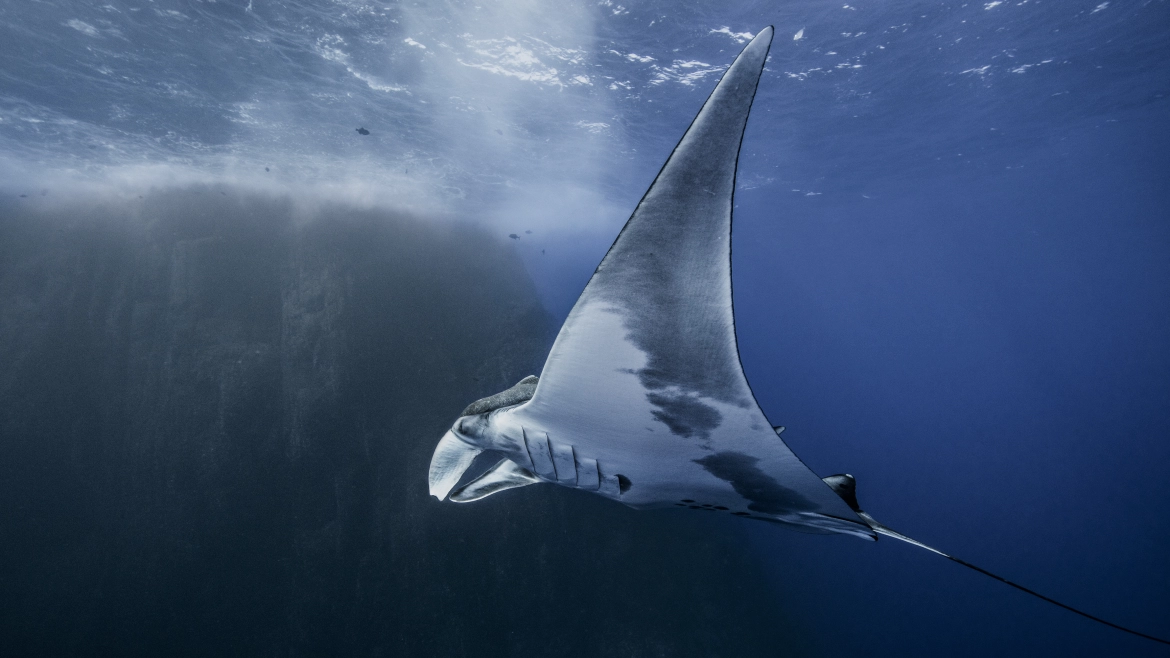
Spotted Eagle Ray
The spotted eagle ray is usually found in graceful squadrons of 15 to 20 in the Gulf of Papagayo, circling volcanic rock pinnacles and islands. You might see a spotted eagle ray riding solo, digging shellfish from the sandy bottom.
Marble Ray
Found abundantly on Cocos Islands. They feed on the bottom of the sea, scooping up crabs and small critters. For protection, they stack up like pancakes on the rocks during the day.
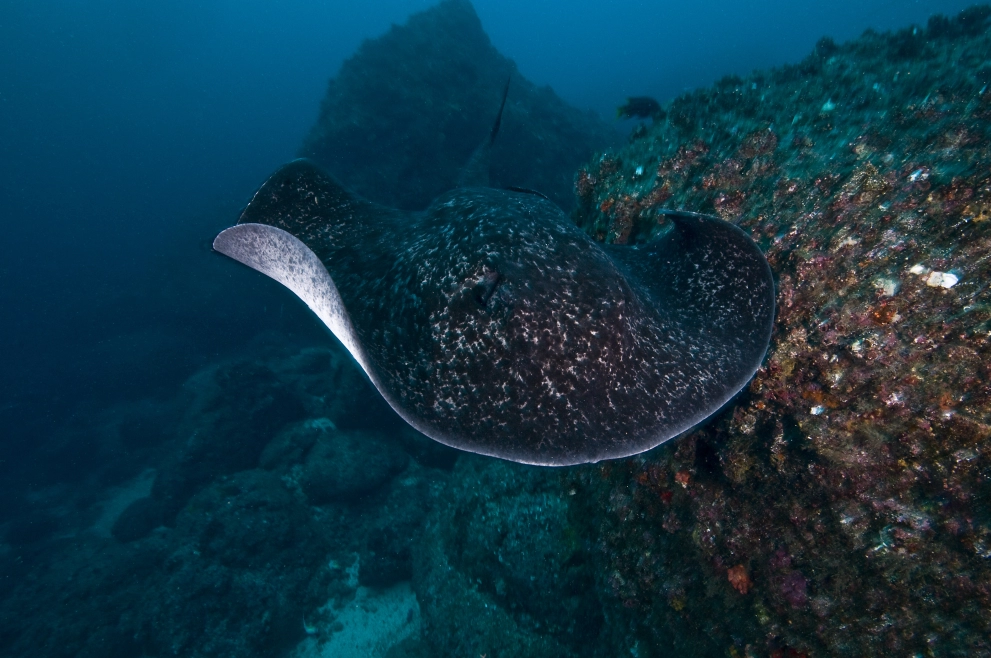
Cownose Rays
Seen in schools ranging from 200 to 10,000 in the Gulf of Papagayo, Catalina, and Bat Islands, usually close to the surface. They are very common and a sight to behold.
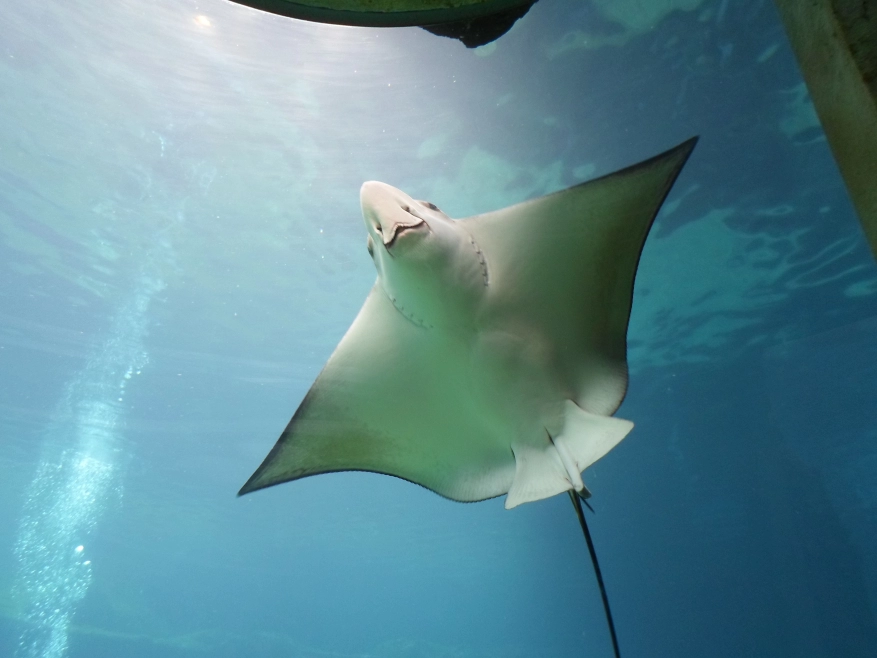
Southern Stingrays
Stingrays are year-round residents of Costa Rica’s waters, but they can be found in greater numbers when the water is colder. Their eyes are on the top of their heads, and they have powerful jaws for cracking shellfish.
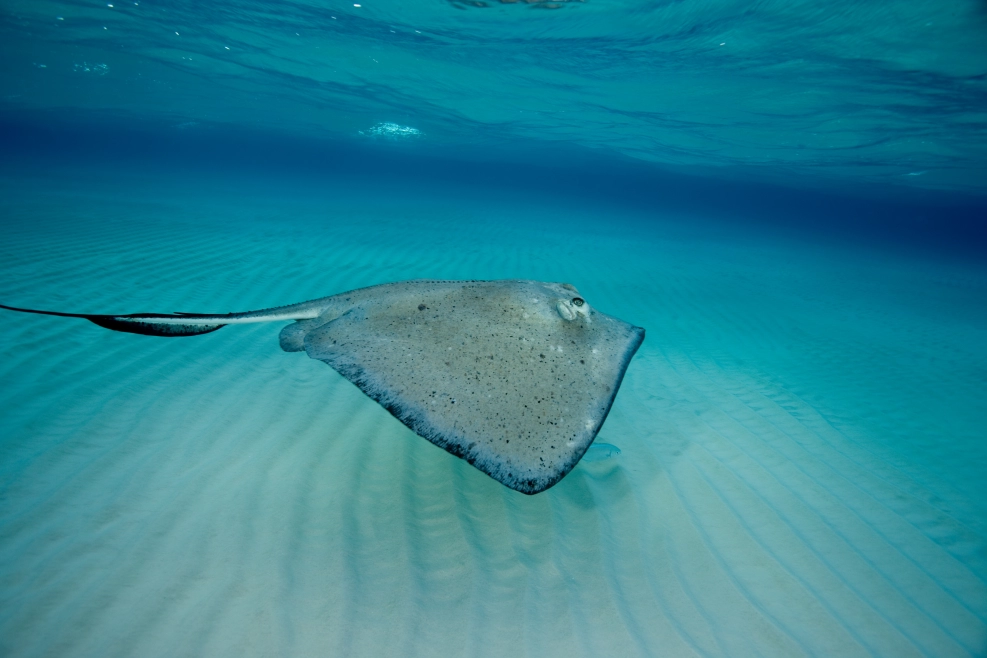
Dolphins
Imagine diving into Costa Rica’s warm, inviting waters and being greeted by joyful dolphins! As you explore the underwater world, dolphins might swim alongside you, sharing in your adventure. Their friendly presence adds magic to every dive, making your experience truly unforgettable.
Here are the two species you’ll see:
Spinner Dolphin
A small dolphin that loves to leap out of the water and ride in the wake and at the bow of the boat. Usually 20 to 25 in a pod, except offshore, where they are found in the thousands
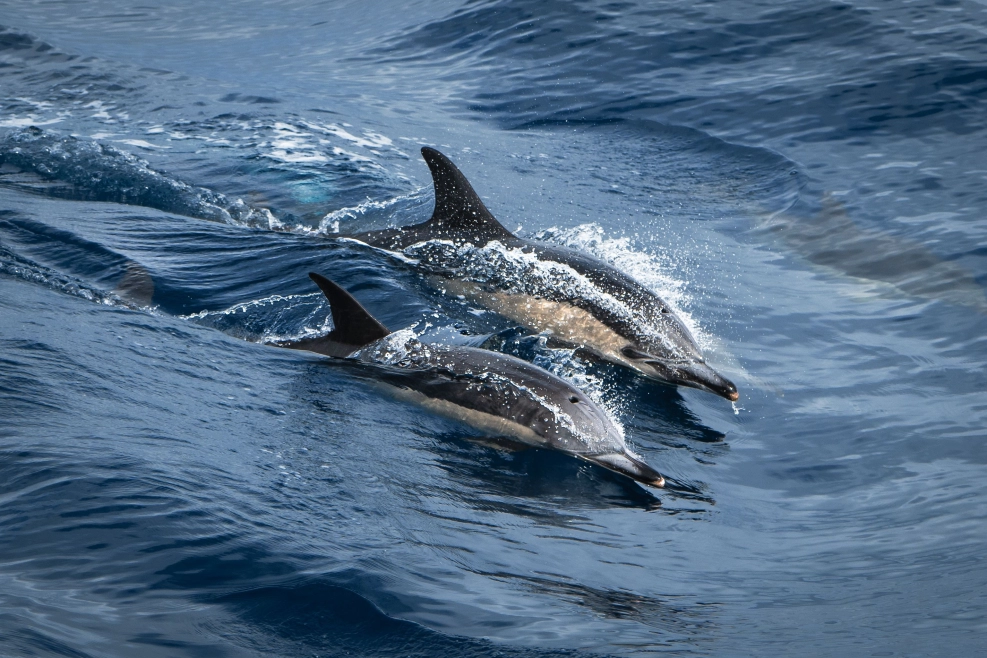
Orcas
Orcas are mostly seen in the U.S. during the winter. Usually, one or two are sighted together, but as many as seven have been observed simultaneously. While it’s rare to see orcas in Costa Rican waters, pseudo-orcas are common in Costa Rica year-round.
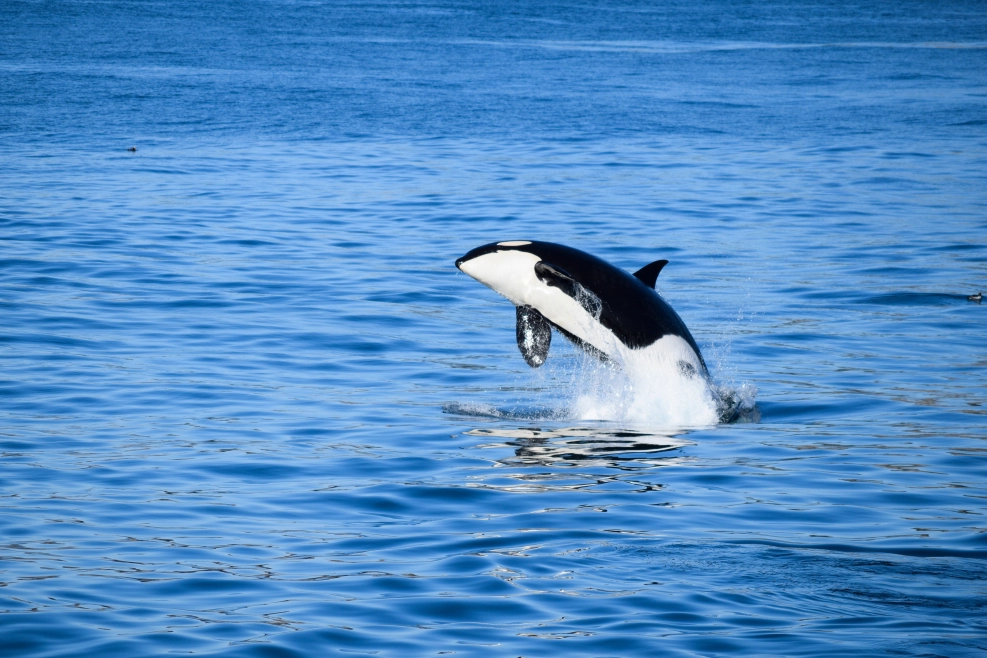
Sharks
As you dive into the deep blue, prepare for a heart-pounding shark encounter. Watch these incredible predators in their natural habitat—an experience you won’t forget.
Here are the common sharks you’ll be able to witness:
Bull Shark
It is mostly found around a cleaning station on Bat Island. Sizes range from 9 to 12 feet, but larger ones have been sighted. Catalina Islands has small bull sharks around 5 or 6 feet. They have never posed a problem to divers.
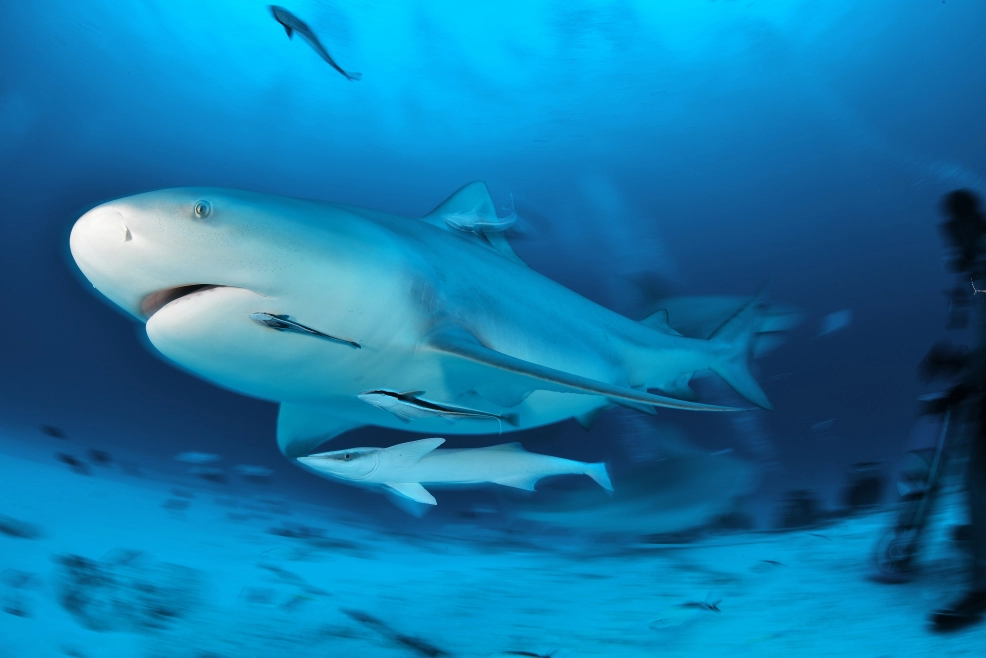
White-tipped Reef Shark
Divers will usually find these non-aggressive sharks resting on the ocean floor during the day and getting ready for hunting at night. They have white dorsal and tail fins.
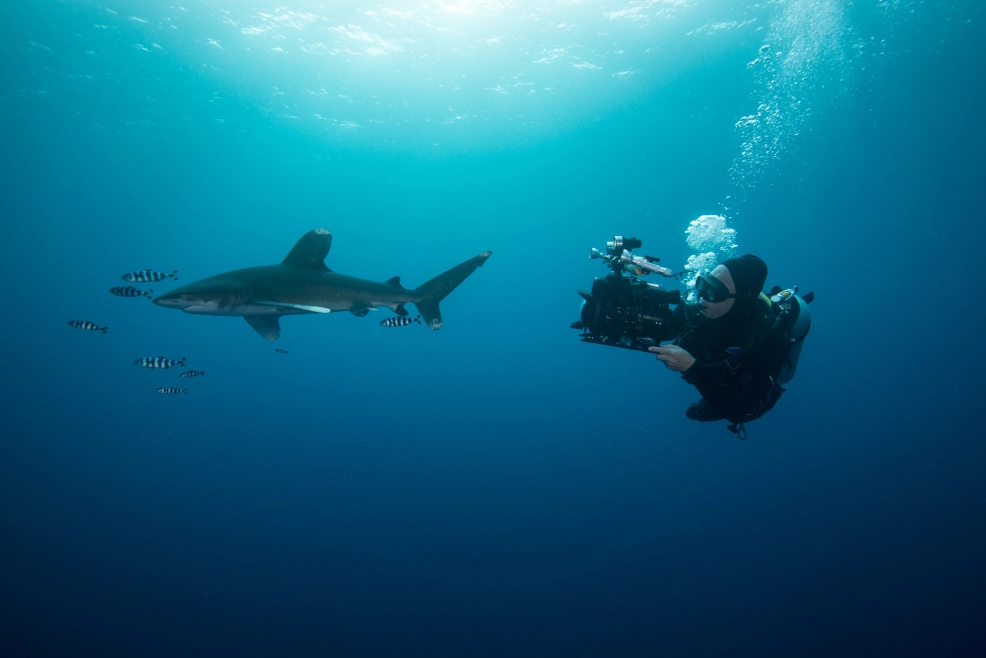
Whale Sharks
On the Pacific side of Costa Rica, these gentle giants are sighted near the surface every month of the year at any given dive site. They are usually in the 25 to 35-foot range.
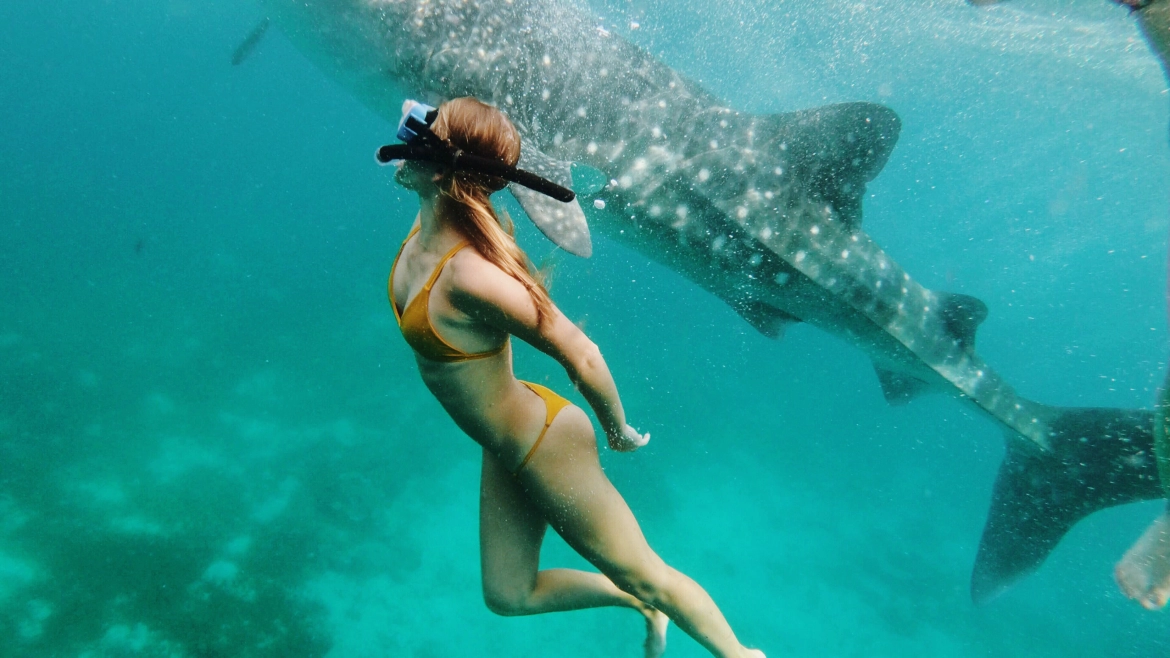
Hammerhead
Frequent encounters are had with schooling hammerheads during the day at Cocos Island; however, they are known to appear at many land-based dive locations as well.
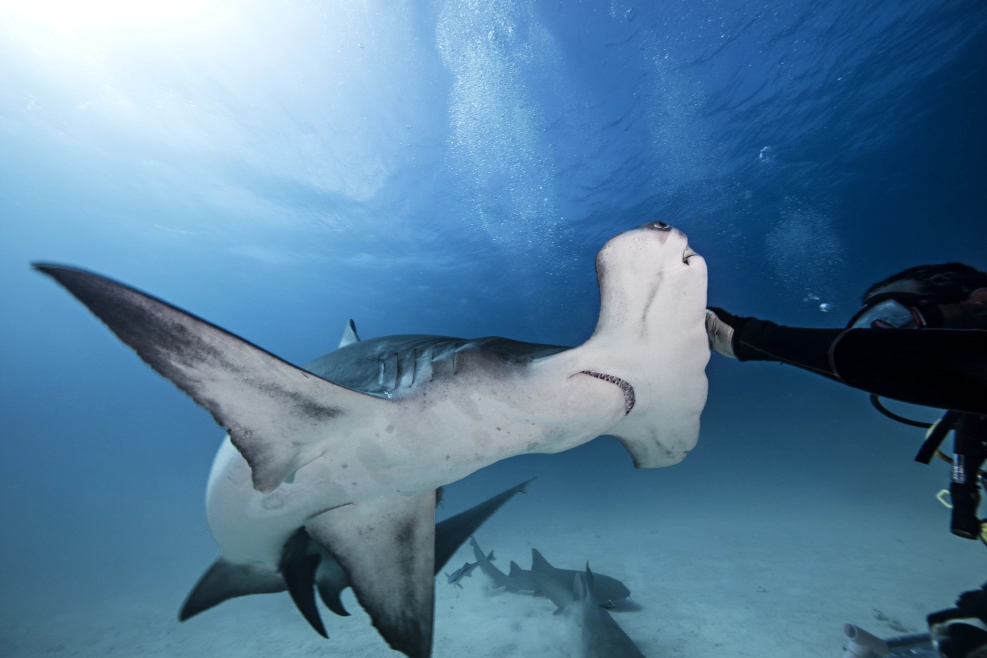
Whales
From the sun-kissed North Pacific to the pristine South Pacific Coast, the ocean here is a playground for the magnificent whales. Imagine swimming in the serene blue, only to be graced by these gentle giants.
When you go scuba diving, you’ll see these species during the boat rides:
Humpback Whales
Costa Rica is blessed with two humpback whale migrations a year. One happens during the U.S. winter, and the other during the U.S. summer. Usually, when spotting humpback whales, you’ll see females with calves swimming alongside them. If you want to see them, plan your visit for January, February, August, or September.
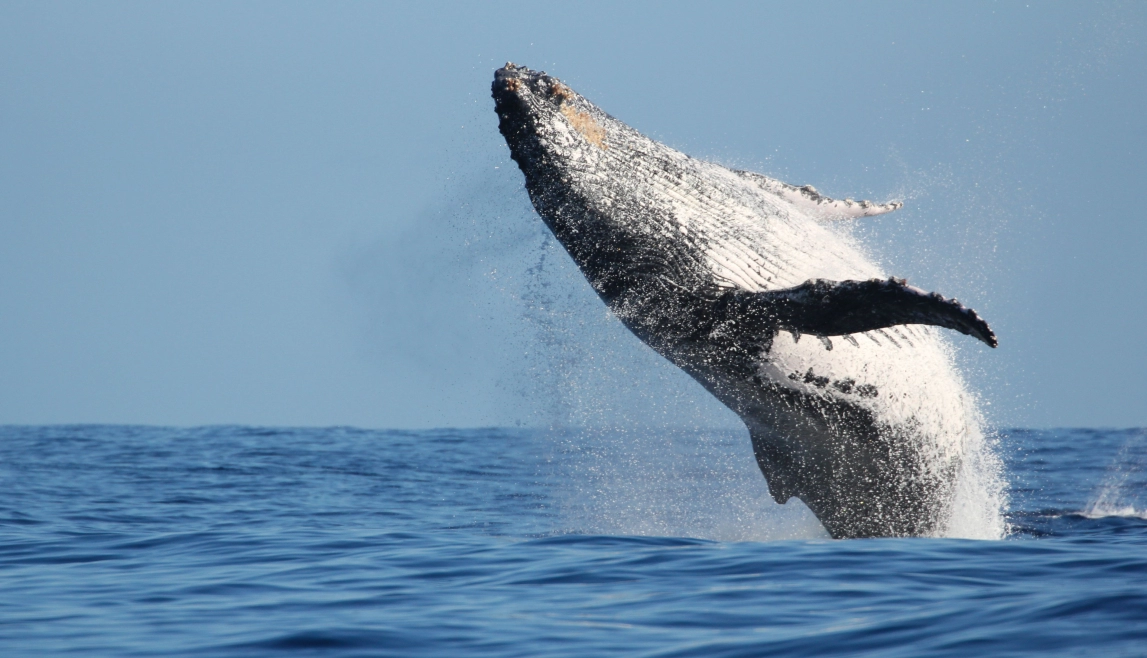
Pilot Whale
In schools of 15 to 20, they appear at the same time as humpback whales. They are approachable to divers due to their friendliness.
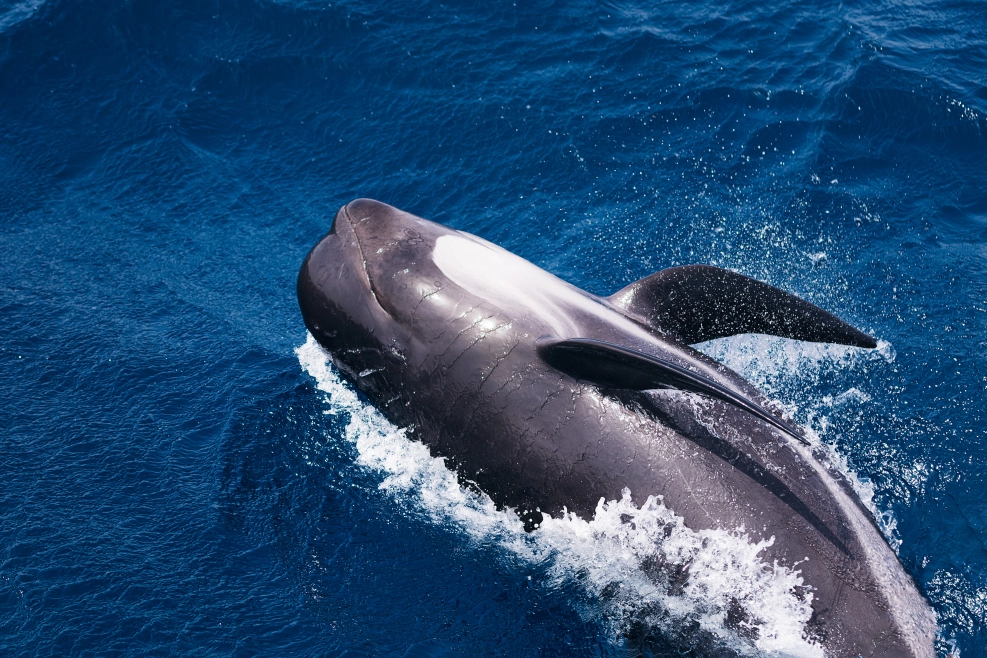
False Killer Whales
False killer whales are common in Costa Rica’s waters from the Northwest to the Southwest Pacific. They start their journey during winter, looking for warmer waters. During their passing through Costa Rica, they become Costa Rica’s most social, smartest, and least human-fearing marine creatures.
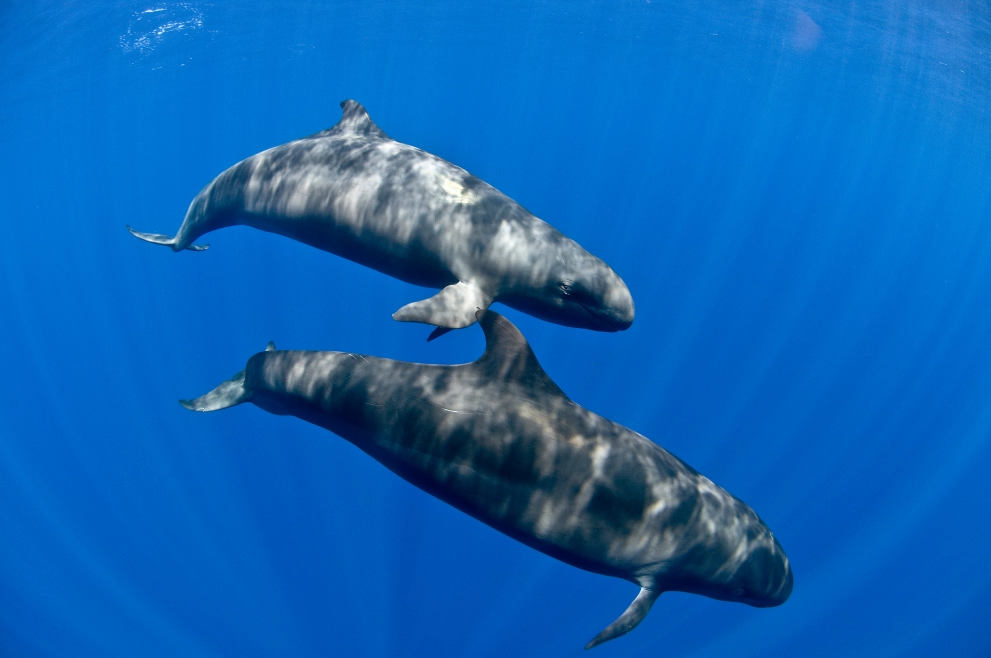
Costa Rica’s Underwater Wonders Are Waiting for You!
Ready to dive into this tropical paradise? Experience the ‘Pura Vida’ spirit like never before as you dive into the majestic waters of Costa Rica, a country renowned for its breathtaking natural beauty. Contact Bill Beard’s today to book your scuba diving tour or get answers to all your questions.
Want a sneak peek at the diving experience? Watch our video to immerse yourself in Costa Rica’s stunning marine life and start dreaming of your next diving adventure!
Video credit: Bill Brousseau